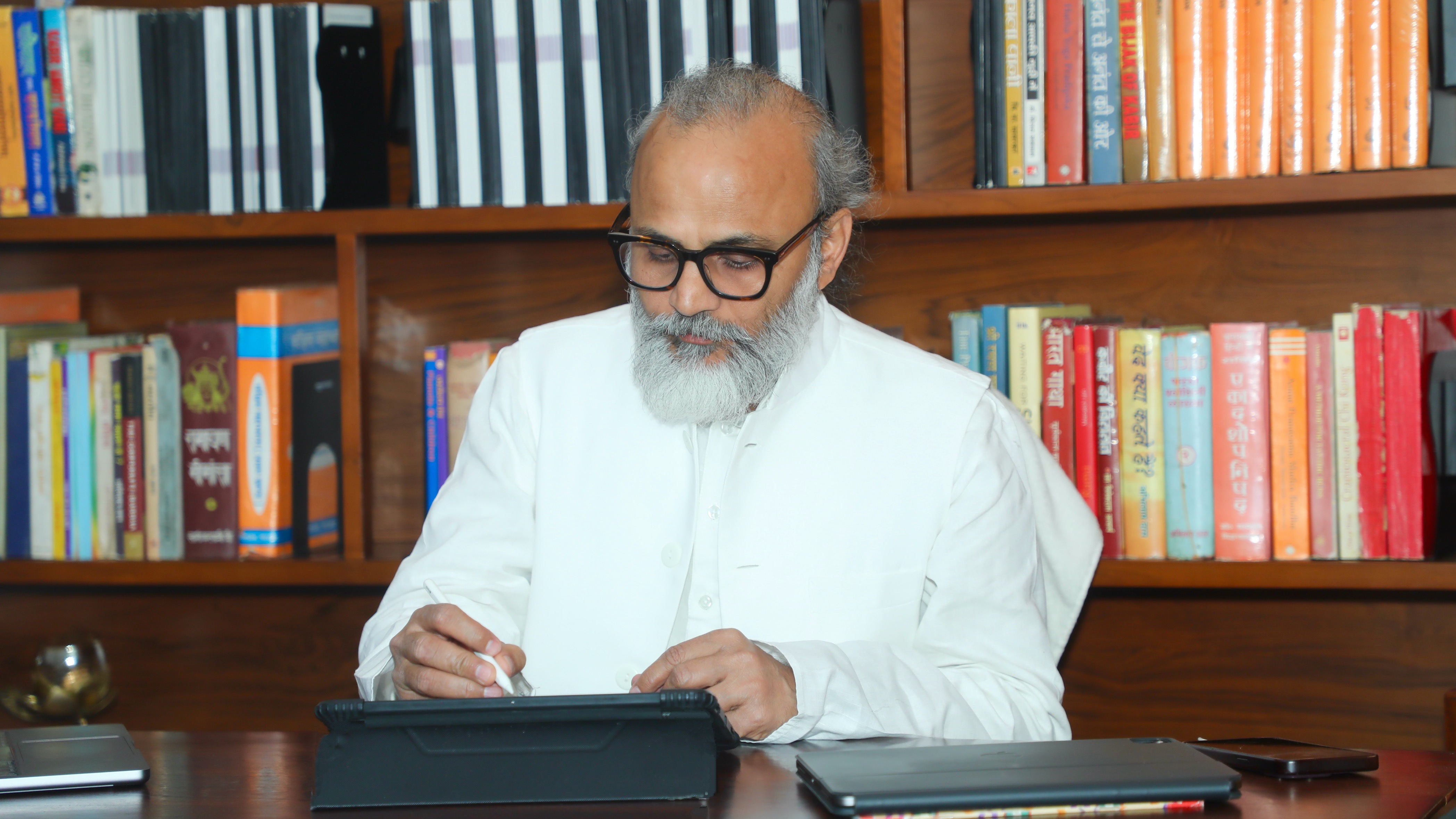
Pranayam:Disciplining The Mind
8 months ago By Yogi AnoopPranayama: A Medium for Disciplining the Mind
In yogic practice, pranayama is not merely an exercise in regulating the breath; rather, it is a profound method of disciplining the mind through breath. It is not just about inhaling and exhaling air but a science of delving into the depths of the mind. When breathing remains continuously strained—meaning there is neither relaxation in inhalation nor ease in exhalation—it indicates that the mind, through the practice of breath, is constantly keeping itself disturbed and unbalanced.
If the mind is to be stabilized, it must at least be given an opportunity to rest in one direction. Labor and rest—both are natural laws. Just as rest follows exertion and activity follows rest, true understanding of this natural rhythm is essential for comprehending the real mystery of pranayama.
The Subtle Science of Labor and Rest
In deep sleep, both the body and mind are in complete rest. At that time, all nerves and mental waves become calm. This rest is crucial because, without it, human consciousness cannot remain stable. However, note that this peace is not permanent. After some time, the internal systems of the body reactivate themselves. Stress-inducing hormones are secreted, awakening the senses, and the entire body becomes active again. I always emphasize that wakefulness does not occur due to the secretion of cortisol hormones; rather, the inherent nature of the entire system contains both rest and activity. It is this very tendency toward wakefulness and exertion that triggers the secretion of various hormones (cortisol, serotonin, melatonin). Nature precedes hormonal activity.
It is important to understand that wakefulness is just as essential as rest. If a person only sleeps, life cannot continue, and if rest is absent, both the body and mind will become weak and diseased. This ever-changing cycle—labor and rest, wakefulness and sleep—is one of nature’s most astonishing systems.
Profound Realization: Balance as the Gateway to Self-Awareness
According to the enlightened master, Yogi Anoop, the goal of pranayama is not merely to regulate the breath but to train the mind, through breath, to alternate between rest and effort. The real purpose is to direct the flow of consciousness and establish it in a balanced state between activity and rest. When a practitioner masters this balance, an extraordinary transformation occurs within their consciousness. They do not merely detach from external disturbances but begin to witness their inner self as well.
What happens if this balance is not maintained? Imagine if someone, after sleeping, never wakes up! Or if someone remains awake indefinitely, never finding the opportunity to rest! It is one of nature’s miraculous wonders that we sleep every day, wake up, and then prepare to sleep again. However, this cycle remains effortless only for those who understand how to keep their consciousness in equilibrium.
Pranayama: The Gateway to Self-Realization
The deeper purpose of pranayama is not just to control the breath but to balance the mind and its tendencies. When a practitioner harmonizes their breath effortlessly, the mind naturally starts to settle into deeper layers. To put it more clearly, through pranayama, the mind disciplines itself—pranayama serves as a tool for training the mind.
As the mind learns to relax through pranayama, its negative influence on the body’s systems diminishes or, at the very least, reduces significantly. This allows the body to heal itself naturally. When the restlessness of thoughts dissolves, the illumination of self-awareness emerges. This equilibrium forms the real foundation of yoga and is also the first step toward self-knowledge.
According to Yogi Anoop, the success of pranayama does not lie solely in the technical enhancement of the lungs but in the ability to train the mind. It is important to note that excessive focus of the mind on any organ can have adverse effects, which is why the mind is temporarily freed from bodily attachments during practice.
Thus, pranayama is not just a physical exercise but a path to the supreme realization of the soul. When a practitioner adopts it with complete sincerity, they awaken a consciousness within themselves that has always existed but remained dormant until now. This is the true accomplishment of pranayama and the beginning of self-awareness.
Recent Blog
Copyright - by Yogi Anoop Academy
